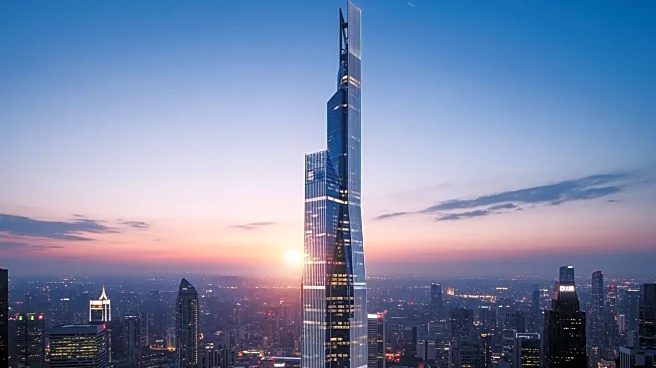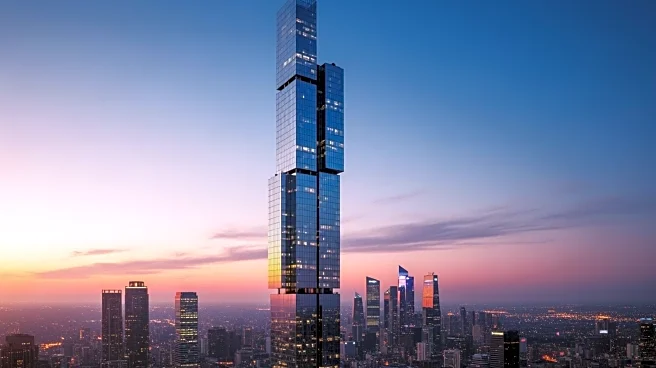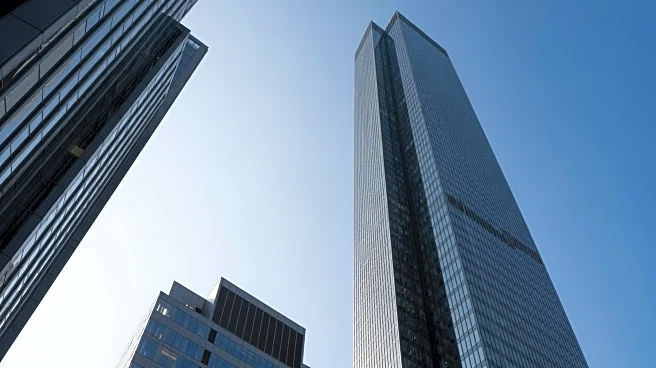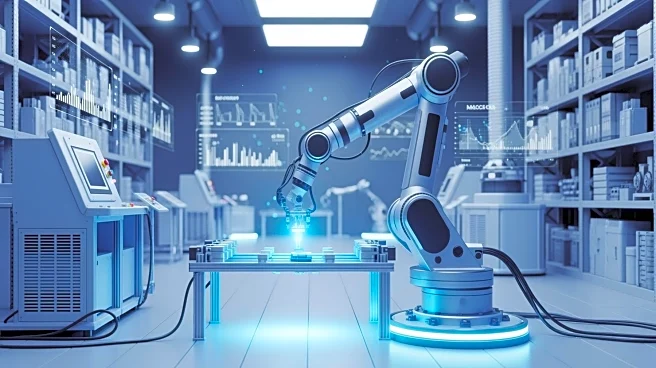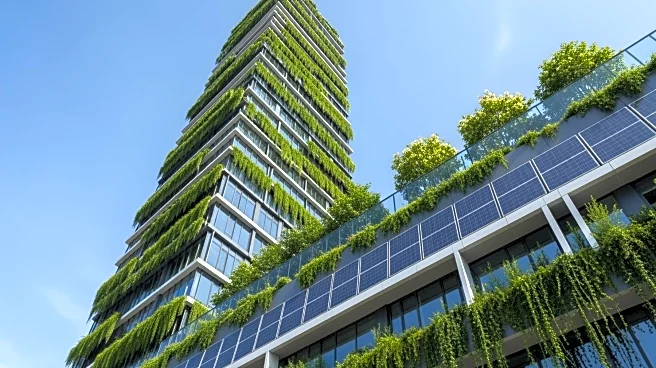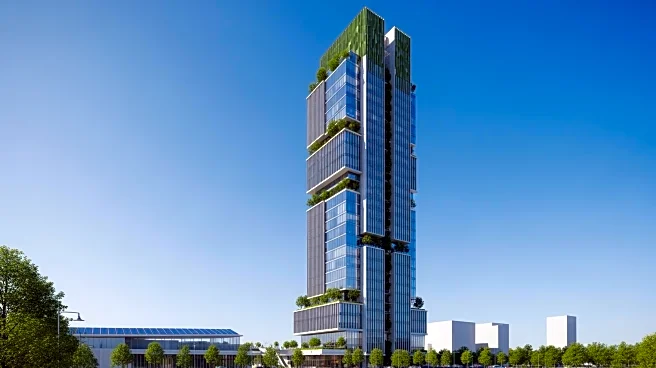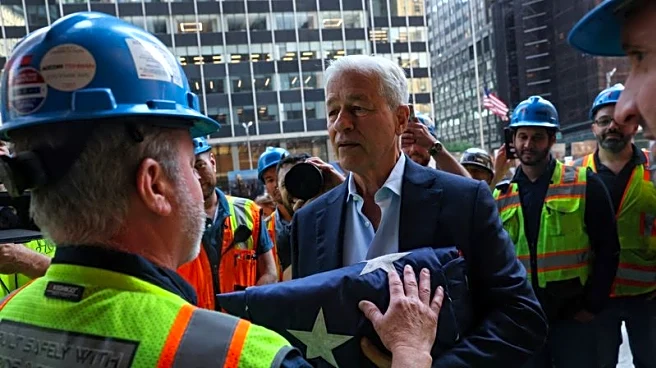What's Happening?
JPMorgan Chase has opened a new 60-story headquarters in Midtown Manhattan, costing $3 billion. The building is designed to accommodate 10,000 workers and features modern amenities aimed at attracting employees. These include biometric access, a building app
for ordering food and reserving meeting rooms, and a drone port for package deliveries. The skyscraper also boasts a Michelin-starred vegan restaurant, a cafe serving protein shakes, and an English-style pub. The new headquarters serves as a model for future JPMorgan offices worldwide, reflecting the bank's commitment to creating a modern and appealing work environment.
Why It's Important?
The opening of JPMorgan's new headquarters is a significant move in the competitive landscape of financial services, where attracting and retaining top talent is crucial. The modern amenities and innovative design of the building are part of JPMorgan's strategy to differentiate itself from competitors and appeal to a new generation of workers. This investment in infrastructure highlights the importance of workplace environment in employee satisfaction and productivity. As the largest U.S. lender, JPMorgan's actions could influence other financial institutions to enhance their office spaces to remain competitive in talent acquisition.
What's Next?
JPMorgan will continue to leverage its new headquarters to attract talent and set a standard for future office designs. The bank may expand similar initiatives to other locations, reinforcing its commitment to modernizing workspaces. The success of this strategy could prompt other financial institutions to invest in similar projects, leading to a broader trend of upgrading office environments in the industry. As JPMorgan evaluates the impact of its new headquarters, it may explore additional amenities and technologies to further enhance employee experience and productivity.
Beyond the Headlines
The emphasis on modern amenities and innovative design in JPMorgan's new headquarters reflects broader trends in workplace culture, where employee experience is increasingly prioritized. This shift could lead to changes in how companies approach office design, focusing on sustainability, technology integration, and employee well-being. The investment in such a high-profile project also underscores the importance of physical workspaces in an era where remote work is prevalent, suggesting a balance between in-office and remote work environments.
